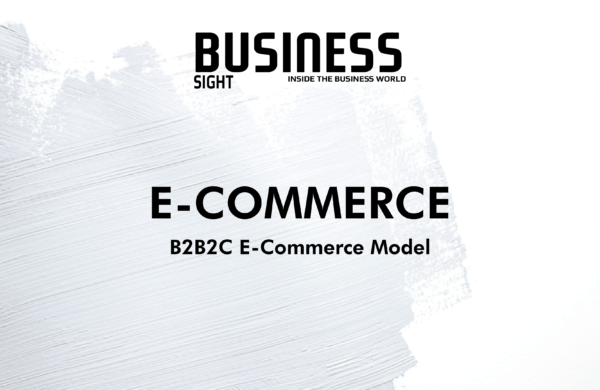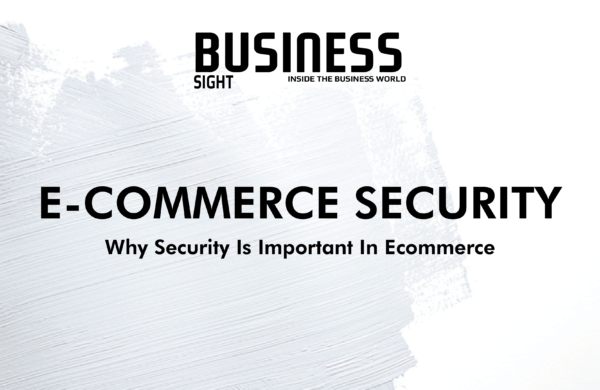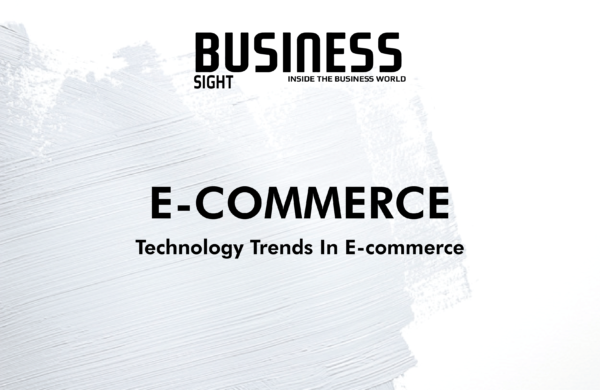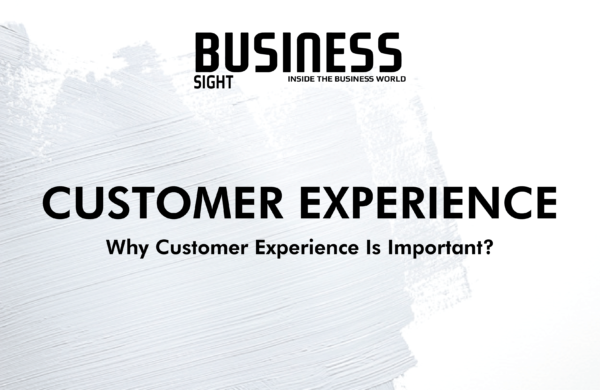Businesses around the globe use different models for their sales. B2B e-commerce is business-to-business e-commerce, which involves businesses selling to other businesses online while B2C e-commerce is business-to-consumer e-commerce, which involves businesses selling to individual customers. Whereas, Business to business to consumer (B2B2C) is an e-commerce model that combines business to business (B2B) and business to consumer (B2C) for a complete product or service transaction. A B2B2C e-commerce platform gives you the chance to defend and grow market share directly with your end-users, rather than depending on your distributors to market to them at the point of purchase.
What is Business to Business to Consumer (B2B2C)?
B2B2C is a business model that was online or e-commerce, businesses and portals reach new markets and customers by partnering with consumer-oriented product and service businesses. B2B2C e-commerce is effectively a B2C outfit that is facilitated by another business. A business developing a product, service or solution partners with another business to use a particular service, such as an e-commerce website, portal or blog. The two businesses combine forces and promote mutually beneficial products, services and/or solutions.
In simple terms, the model looks like the example: Business X pays Business Y for users, leads, or sales generated by Business Y’s business or website. Business X then uses Business Y’s channels to locate prospective customers. Business Y provides its customers with new and relevant services, facilitating an increased customer base and earned revenue for sold products and services.
Board sense of B2B2C model
X is the original business that gets into the B2B2C arrangement hoping to acquire customers in bulk. Instead of focusing on acquiring one customer at a time, this online retailer wants to achieve economies of scale by tapping into the customer base of another business. In many cases, tying up with the intermediate business Y in the chain brings in a lot of credibility and trust.
The intermediate business Y might have several possible motivations. On the one hand, it could simply be commercial considerations, such as making a commission on sales that are routed through it. Low profits in the chain make business Y to think of other possible options. So, there are other motivations that include providing value to their customers by getting them better priced or more convenient purchase options.
Being part of a buying group is an inevitable outcome of being the C in a B2B2C chain. This buying group might be formally defined, and bulk-buying benefits may accrue. Alternatively, one might choose to go the B2B2C route solely for the convenience, or the perceived reliability, in this purchase process.
Given the formidable cost of customer acquisition, this one benefit alone can make B2B2C a valid e-commerce model.
Manufacturer + Distributor + Customer: Simplest example of B2B2C model. Here, a manufacturer produces the products and through the mutual channels sends the products to the distribution center. The distribution channel already possesses a customer base and hence, the customers know the distributor. The manufacturer gets consumer contact information, the distributor gets paid a smaller commission and don’t shoulder much risk while the consumer gets the product they want.
B2B2C e-commerce has to cover a lot of ground. In the case of complex market relationships, one should look for solutions that can adapt and scale to meet the needs of different market segments without a lot of duplicate effort. In order for the B2B2C business model to work, you’ll need to have a marketing strategy. On the one hand, you want to have a structured sales force able to perform account management for those businesses acting as intermediaries to the consumer market. On the other hand, you need to invest resources in branding and marketing efforts. This will allow your business to be recognized by consumers over time. In this way, consumers will act as a push that will make your entrance in the B2B space easier.
A B2B2C business starts with a few key partners, which are other businesses that can help it gain access to consumers. This relationship has to be highly beneficial to the business that has access to the consumer market. It might look like a joint venture in practice, with a tight-knit that makes the incentives in favor of the business partner to distribute the product of the other business which doesn’t have access to consumers.

















